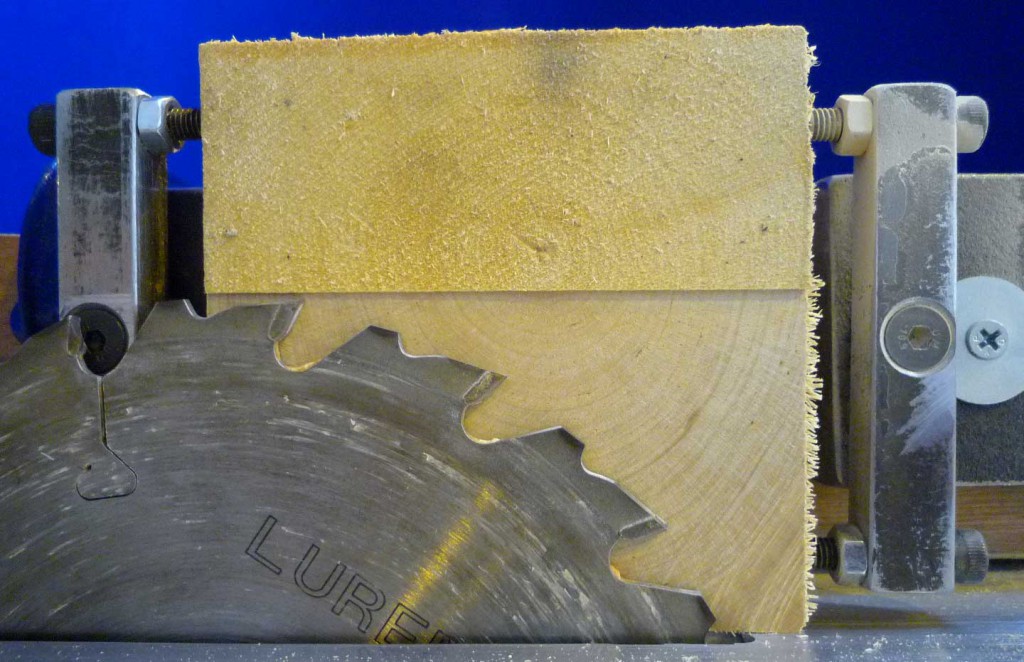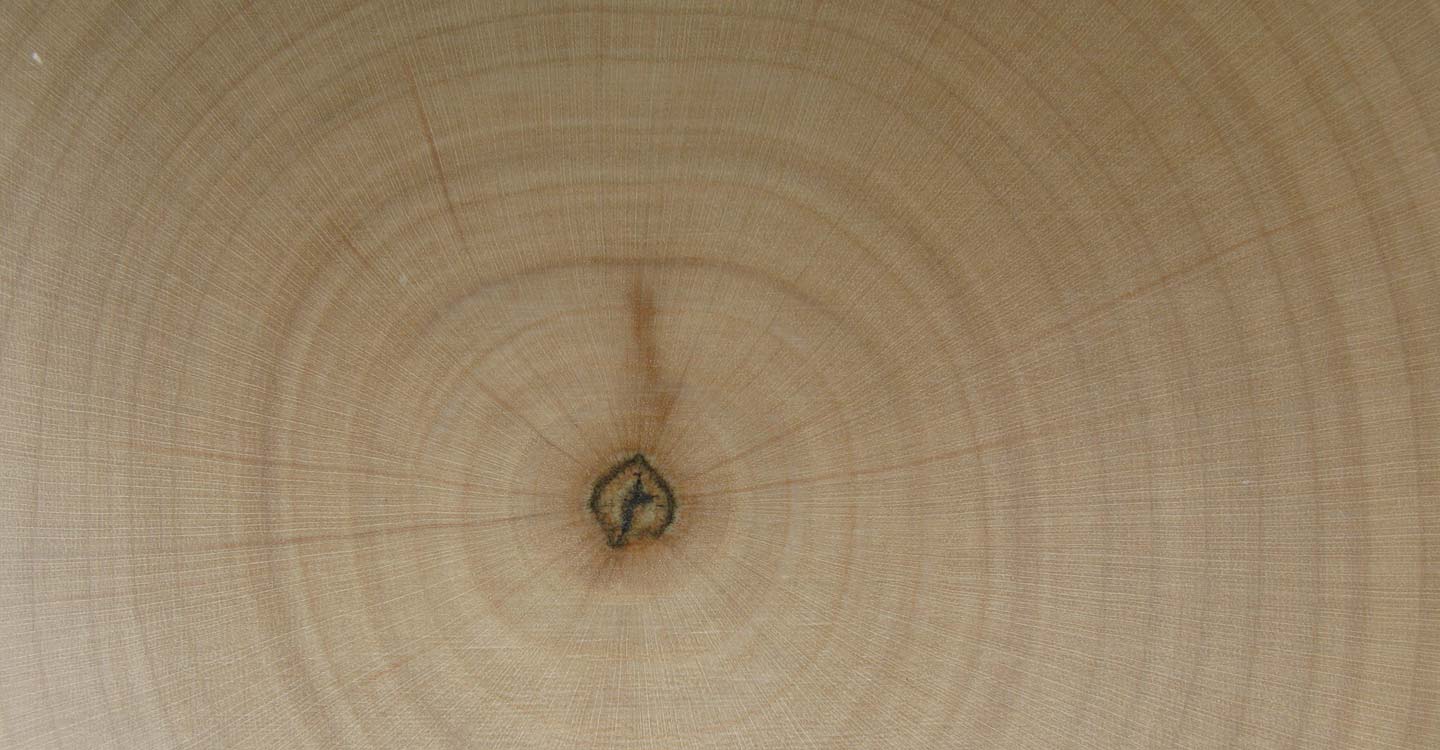Cross Cutting

Cross cutting of the billets into tile blanks or cobbles prior to drying was trailed using a few machines. Each of the saws listed below can cross cut billets well, but vary in their capacity, speed and cost. A green tile blank of 15mm was the average thickness cut before the drying process. This can vary depending on the desired finished tile product.
- Large Wadkin Cross Cut. This cuts well but requires the billet to be fed in by hand after each cut, making it very time consuming and also after several hours work very tiring for the machinist. Depending on the operator the average time spent was one tile every 4.5 seconds.
- Cross cut using the sliding carriage on a Sedgwick TA450 table saw (Cost around £3000). This worked well but again required the billet to be manually fed in and the carriage moved for each cut. Again depending on the operator the average time was one tile made every 4 seconds.
- Up and rise cross cut with an automated stop (prices vary greatly depending on size of machine). This is a fully automated cross cutting machine with the circular saw set underneath the bed of the table. The billet is moved into position with the aid of an automated back stop which is pre-programmed by the operator to shunt the timber forward into the desired position. Once in position the timber is clamped and the circular saw rises up to cut off the required length. If timber can be stacked side by side then the unit through-put can be doubled to one tile every 3 seconds.
- Rotary Block Cutter. This machine was developed for cutting blocks for pallets and costs around £18,000 new. A very quick, simple and accurate machine that holds the billets in a circular carousel. This carousel rotates, holding the billets tight and passing them through a large circular saw that is mounted inside the machine. A second hand block cutter was purchased from Armstrong Engineering in Cumbria and trailed for the project. Though it cut well and quickly at 1.5 seconds per tile average, it was limited by the size of timber it could accommodate.

